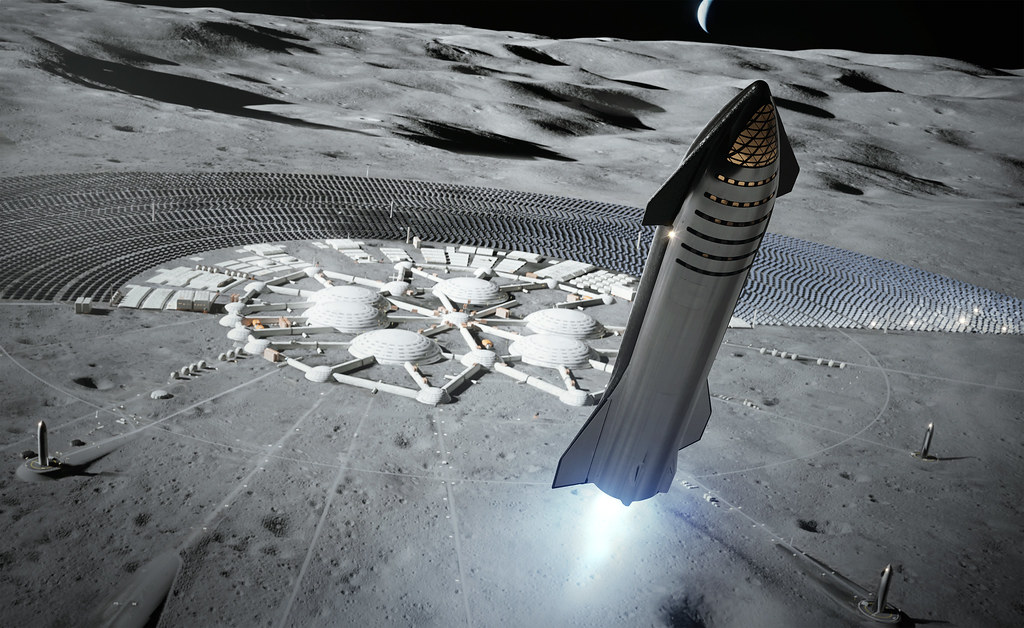Starship Booster 9 and launch infrastructure progress into crucial testing phase
Last week, the Starship program at SpaceX entered a critical testing phase with the static test firing of Booster 9’s Raptor engines. This test followed the successful completion of the Spin Prime test requirement. Booster 9 was lifted onto the Orbital Launch Mount (OLM) on July 20 and underwent a propellant loading test on July 23, where it was filled with liquid oxygen and liquid nitrogen. The testing process included an extended hold before the cryogenic fluids were removed from the tanks. After the testing was completed, workers inspected the liquid oxygen tank before closing it off again.
In addition to the booster testing, SpaceX also conducted a full pressure deluge test on the water deluge system installed under the OLM. This test, which took place on July 28, was successful, with large jets of water coming out from the steel plates under the OLM. The water flow lasted for eight to ten seconds and was followed by a release of pressure from the deluge water tank farm.
Meanwhile, Ship 28 underwent proof testing with cryogenic fluids on July 21. The ship was seen with frost lines on its liquid oxygen and methane tanks after being loaded with cryogenic fluids on July 28. Assuming the test was successful, Ship 28 is expected to roll back to the production site to have its Raptor engines installed. Ship 28 will be used in conjunction with Booster 10 for the third Starship test launch.
In addition to the main ships and boosters, smaller test articles have been used at Starbase to test various features and tolerances of the vehicle. Ship 24.2, for example, is intended to test the payload bay system prior to its use in deploying Starlink v2 full-sized satellites. Another recent test article is one with a hot staging ring, which will be added to Booster 9 and future vehicles to simplify the stage separation procedure during flight.
While some ships are being prepared for future flights, others have been dismantled to make room for new vehicles. Ship 27 and Ship 15 have been taken apart, with Ship 15 being broken apart on July 26. The facilities at the production site are also being upgraded, including the construction of a new processing “high bay” and the expansion of the Starfactory. The Starfactory will replace factory tents for the production of ships and boosters.
The recent static fire test of Booster 9 targeted the use of all 33 engines and tested the deluge system, steel plates, and the reworked OLM. The test was successful, with a duration of 2.74 seconds. It is yet to be determined if a second static fire will be required.
SpaceX is working to protect the launch pad and Starship from a future “rock tornado” without the use of a flame trench. The water deluge system, described by Elon Musk as an “upside down shower head,” is an integral part of making the launch pad rapidly reusable, which is crucial for the success of the Starship system in various missions such as Starlink v2, Artemis lunar missions, and Mars missions.
Overall, as the Starship program enters this critical testing phase, SpaceX continues to make progress in testing and refining its boosters, ships, and launch infrastructure. These developments bring us closer to the realization of ambitious space exploration goals.
